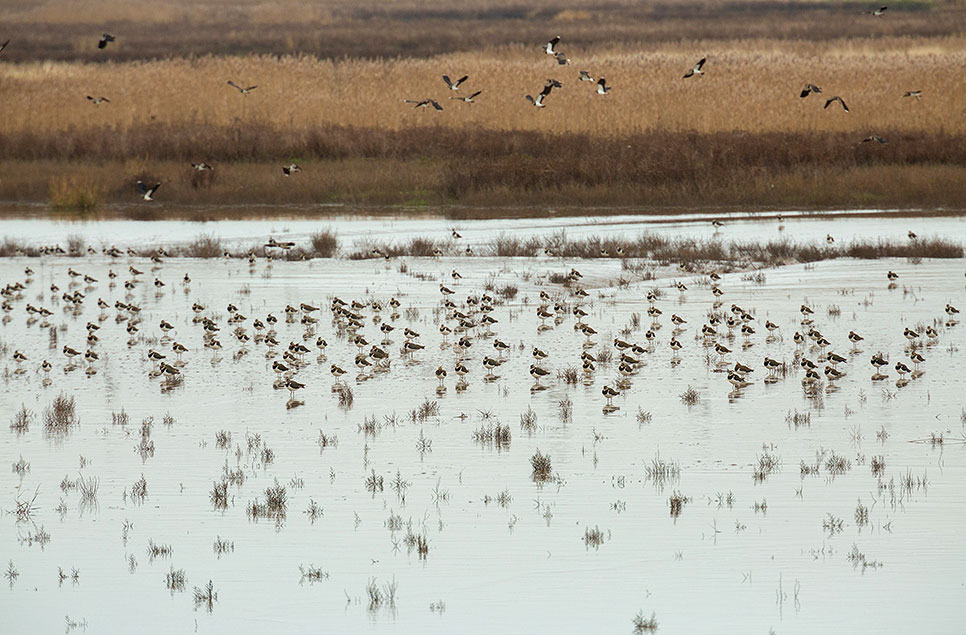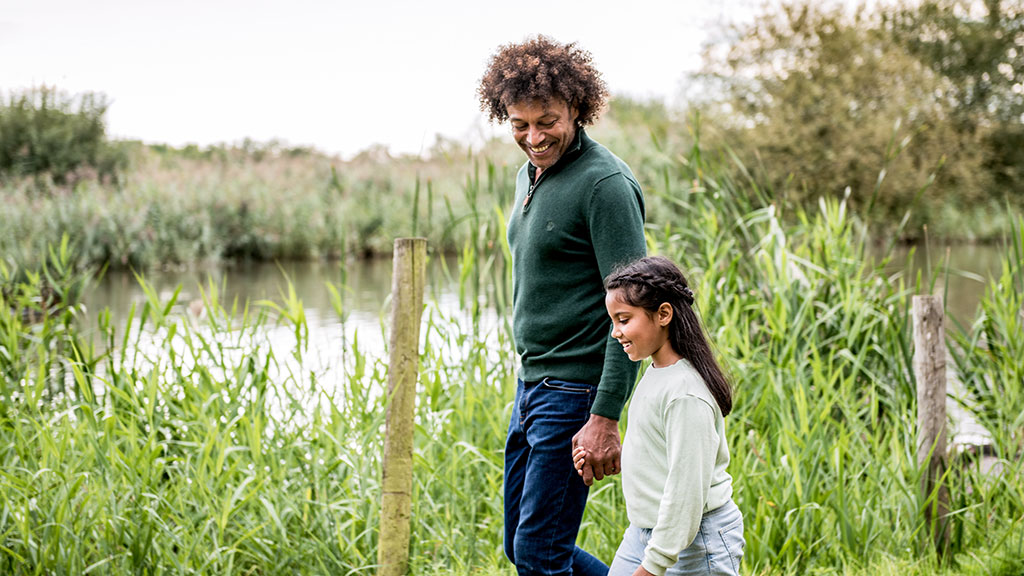Recent government announcement at COP 26 on Blue Carbon needs to go further – action is needed now
On Friday 5 November at Cop 26 the UK government announced its intention to establish a new cross-Administration UK Blue Carbon Evidence Partnership to progress the evidence base on these habitats.

On Friday 5 November at Cop 26 the UK government announced its intention to establish a new cross-Administration UK Blue Carbon Evidence Partnership to progress the evidence base on these habitats. Through this partnership, UK Administrations will work together to address key research questions related to blue carbon policy, including working to fill the evidence gaps that currently hinder inclusion of saltmarsh and seagrass habitats into the UK Greenhouse Gas Emissions Inventory.
While we welcome the news that the UK government is going to collect data so that blue carbon habitats such as saltmarsh and seagrass can be included in the UK Greenhouse Gas Inventory this announcement does not go nearly far enough.
We agree it is important to develop evidence-based policy however – when it comes to investing in nature-based solutions such as saltmarsh how much evidence do you need? Other countries are already persuaded and incorporating blue carbon ecosystems into their climate action plans, and Manchester Metropolitan University’s recent research at WWT Steart Marshes has yielded yet another persuasive set of ‘blue carbon’ data.
This study, which analysed saltmarsh at WWT Steart for four years, found that just one site stored more carbon over four years than one million new trees grown over ten years, and was equivalent to the greenhouse gas emissions from powering 77,930 UK homes for one year. Imagine this scaled up across the UK?
WWT’s Director of Conservation, Dr. James Robinson says “We do not have another ten years – or even five years – to tackle climate change. We need to do it right now. That means investing in every tool at our disposal. So the question is: is the Government as serious as it says it is about nature based solutions and will it take the action we need now to make the very best use of blue carbon habitats?”
He added: “The UK has made great progress recently in committing to restore our forests through tree planting and rewetting our peatlands. Collecting evidence and including blue carbon habitats within the Greenhouse Gas Inventory and the UK’s next Nationally Determined Contributions* is important. But it needs to sit alongside a policy and financial framework that supports creating and restoring more coastal wetlands NOW to not only store vast amounts of carbon quickly, but to also help prevent flooding, clean water and boost biodiversity.
We need to maximise blue carbon’s habitats’ already proven ability to help “diffuse” the climate bomb by creating more saltmarsh at scale across the UK and doing it now.”
Pledge your support to help call for 100,000 more wetlands, including saltmarsh, to be created across the UK.
*the actions government will take in order to meet the targets of the Paris Climate Change Agreement



